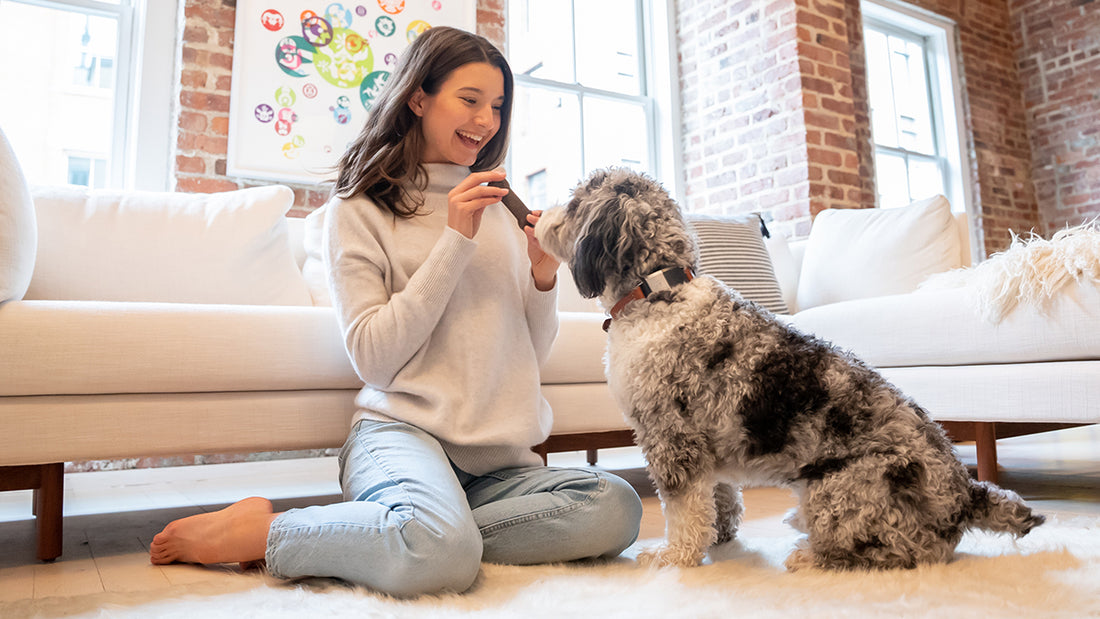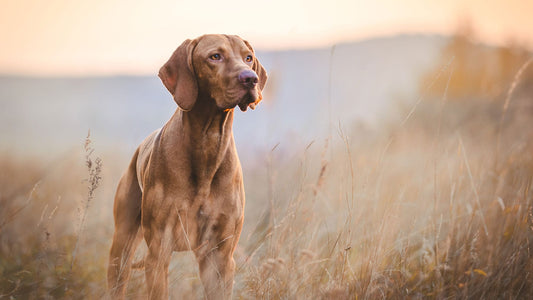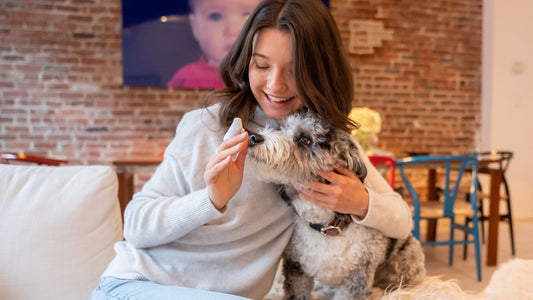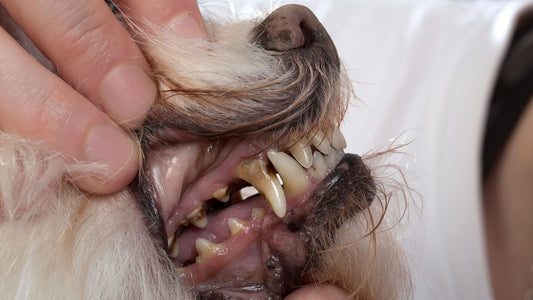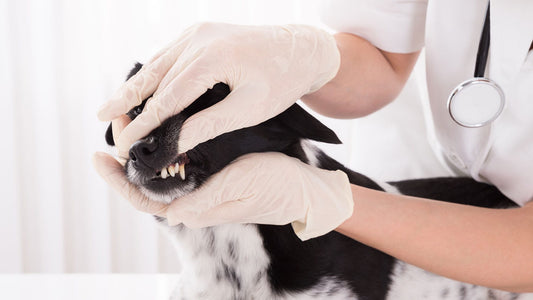We all know changing a habit is incredibly difficult and your dog has the same issues with changing her habits as you do. The best evidence for that is a yearly reminder of that fact every New Year’s Day. We work at our goals for the new year with an intense zeal and then a few days later we drop those ideas as too much work.
The physiology of habits
While your dog may not celebrate New Year’s, she has the same issues with creating new habits as you do. You may have heard the phrase, “neurons that wire together, fire together.” Neurons are messengers of information consisting of electrical and chemical impulses whose job is to transmit information to different areas of the brain and nervous system. They wire together forming pathways in the brain that translate into what we would call a habit, among other functions.
Once this pathway has been formed, we can actually perform the task, or whatever the habit is, using what we might refer to as autopilot. This function of the forebrain allows us to aim our focus and memory at other things while we are otherwise fully engaged in what we are doing. While this is often very helpful to us, it is also the reason habits are so hard to break.
Changing her habits
Breaking old habits can be incredibly hard. Our willpower often runs out before the old neural pathway has a chance to be pruned off by the brain. The best way to create a new and healthier habit is by creating a new neural pathway. In other words, creating new habits that overwrite the old ones. This cannot be done overnight. It’s the combination of repetition and patience with yourself and your dog that will eventually create a new neural pathway and the desired habits you are both looking to take on.
How long will it take?
While you can’t always do a direct comparison between dogs and humans, it appears to take around the same amount of time for both dogs and humans to fully change a behavior and gain a healthier habit—21-28 days. So, if you can talk yourself and your dog into persevering for that length of time, the chances are much greater that you will both succeed.
Brushing your dog’s teeth
Scientists have also noted that the more enjoyable the habit, the more addictive it is. That same brain weakness can be turned into a strength. If you and your dog get a lot of enjoyment out of what you are doing, it will be easier to create new and better habits. Like brushing your dog’s teeth.
If you and your dog find ways of bonding over the task, learning this new habit can be much easier for both parties. Your dog learning to allow you to handle its face is an act of submission and trust on her part. This goes along with the process of bonding.
Make it fun
You can make the task of brushing into a fun game where your pet is rewarded with healthy treats or praise for allowing you to brush her teeth, or you can create a positive association with fun for her by taking her out to play with you afterwards. But consistency is key, here, for both parties. With a little patience and repetition, you and your dog can create better oral health for her.
Petosan
If you’re looking for high-quality brushes and toothpaste, look no further than here.
References:
https://newsinhealth.nih.gov/2012/01/breaking-bad-habits

